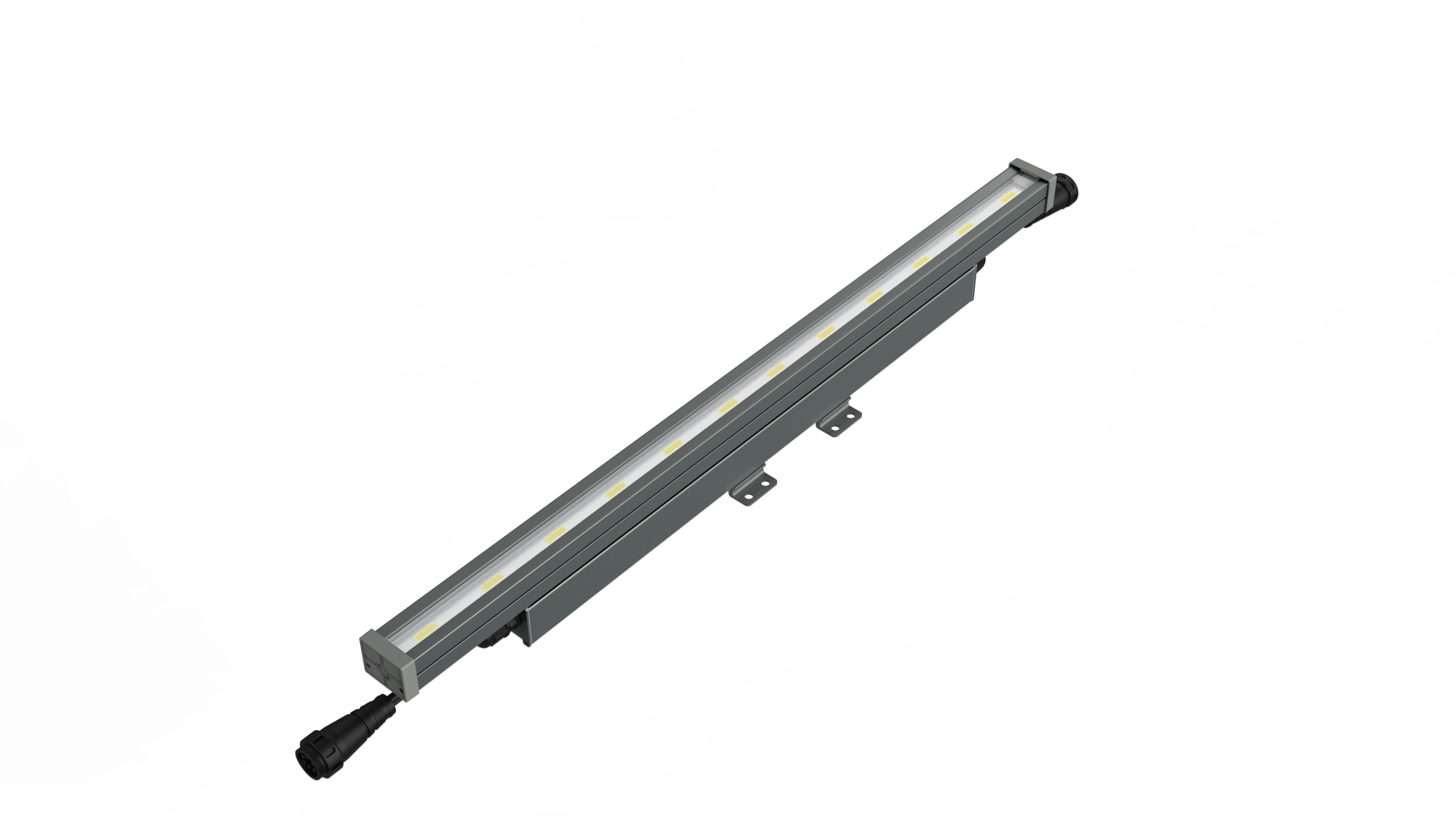Optimizing LED Lamps for Industrial Use Made Simple
Optimizing LED Lamps for Industrial Use Made Simple
Blog Article
The demand for energy-efficient lighting continues to rise across the industrial sector, and LED lighting leads the way.
Whether you're upgrading an existing lighting system or starting a new facility from scratch, these insights will guide your decision-making.
Let’s start by looking at the reasons why sourcing LED lighting wholesale is not only cost-effective—but also the smarter long-term choice for industrial facilities.
Benefits of Buying LED in Bulk
Bulk purchasing lowers unit costs, simplifies logistics, and ensures product consistency across your facility.
LEDs already offer superior lifespan and energy efficiency over traditional lighting.
Whether you need fixtures for ceilings over 30 feet high or task lighting for assembly zones, buying in volume allows better system-wide integration.

Why Industrial Facilities Should Upgrade to LED Lighting
LEDs consume up to 75% less energy than traditional metal halide or fluorescent systems, significantly cutting monthly utility bills.
This is especially critical in areas with heavy equipment, forklifts, or complex production lines.
Whether outfitting a new warehouse or retrofitting an old plant, LED solutions provide a clear path to operational excellence.
Why Choose High Bay LED Lighting for Warehouses
These powerful lights deliver focused, even illumination across wide areas, ensuring that workspaces remain well-lit and compliant with safety standards.
This not only improves visibility but also enhances worker comfort and reduces eye strain, boosting overall productivity.
Advanced models, like the High Bay LED EVO, combine cutting-edge optics, durable construction, and smart features such as dimming or sensor integration.
Understanding the High Bay LED EVO Advantage
The distribuidor de lâmpadas led High Bay LED EVO represents the next generation of industrial lighting.
This adaptability allows facility managers to fine-tune lighting layouts and reduce unnecessary energy consumption.
Companies seeking to modernize their lighting systems should consider the EVO series as a top-tier option offering durability, efficiency, and cutting-edge features.

What to Look for in an LED Importer
Working with a trusted LED importer or supplier ensures you receive high-quality products, competitive pricing, and reliable service.
Transparent pricing, clear communication, and flexible contract terms are also key factors to consider.
Choosing the right partner sets the foundation for long-term success and maximum return on your LED investment.
Why Investing in Quality LED Lighting Pays Off
Whether outfitting a warehouse, factory, or logistics center, LED solutions offer unbeatable energy savings, superior performance, and lower maintenance costs.
Selecting the right LED supplier or importer ensures you gain access to cutting-edge products, expert guidance, and reliable after-sales support.
As industries continue to prioritize energy efficiency and sustainability, LED technology will play an even bigger role in shaping the future of industrial operations.
Your Questions Answered: Industrial LED Lighting
How does wholesale LED purchasing save money?
Buying LEDs wholesale lowers unit costs, simplifies logistics, ensures product consistency, and often provides better warranties.
What is a high bay LED light?
High bay LED lights are designed for spaces with ceilings over 20 feet, such as warehouses, factories, and gymnasiums.
What are the features of the EVO series?
It’s a top-tier choice for demanding industrial applications requiring durability and performance.
How do I choose a reliable LED supplier or importer?
Look for suppliers with certifications, industrial experience, solid inventories, strong manufacturer ties, and excellent technical support.
Are LEDs worth the investment?
Industrial LED upgrades can reduce energy costs by up to 75% and maintenance costs by up to 50%.
Report this page